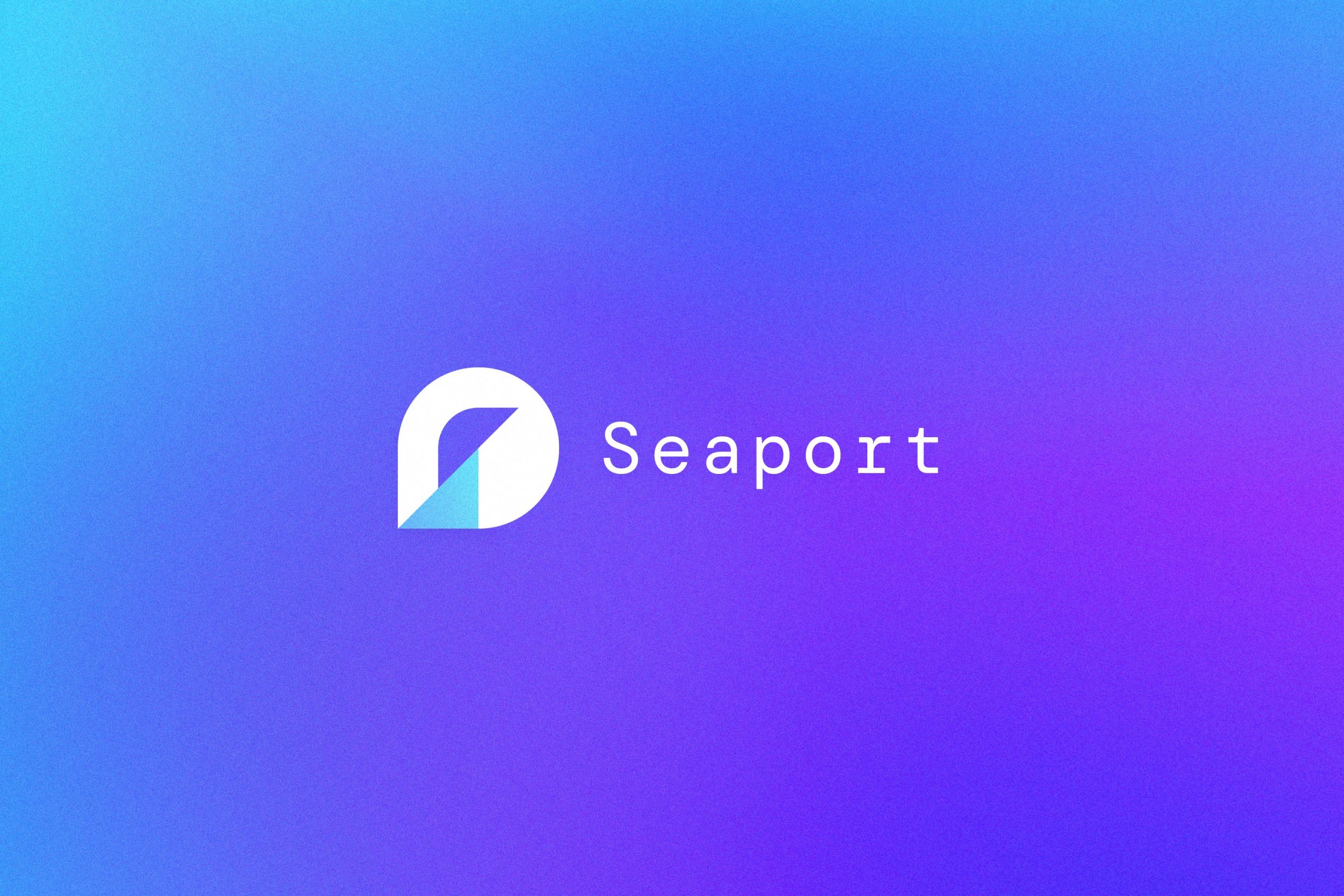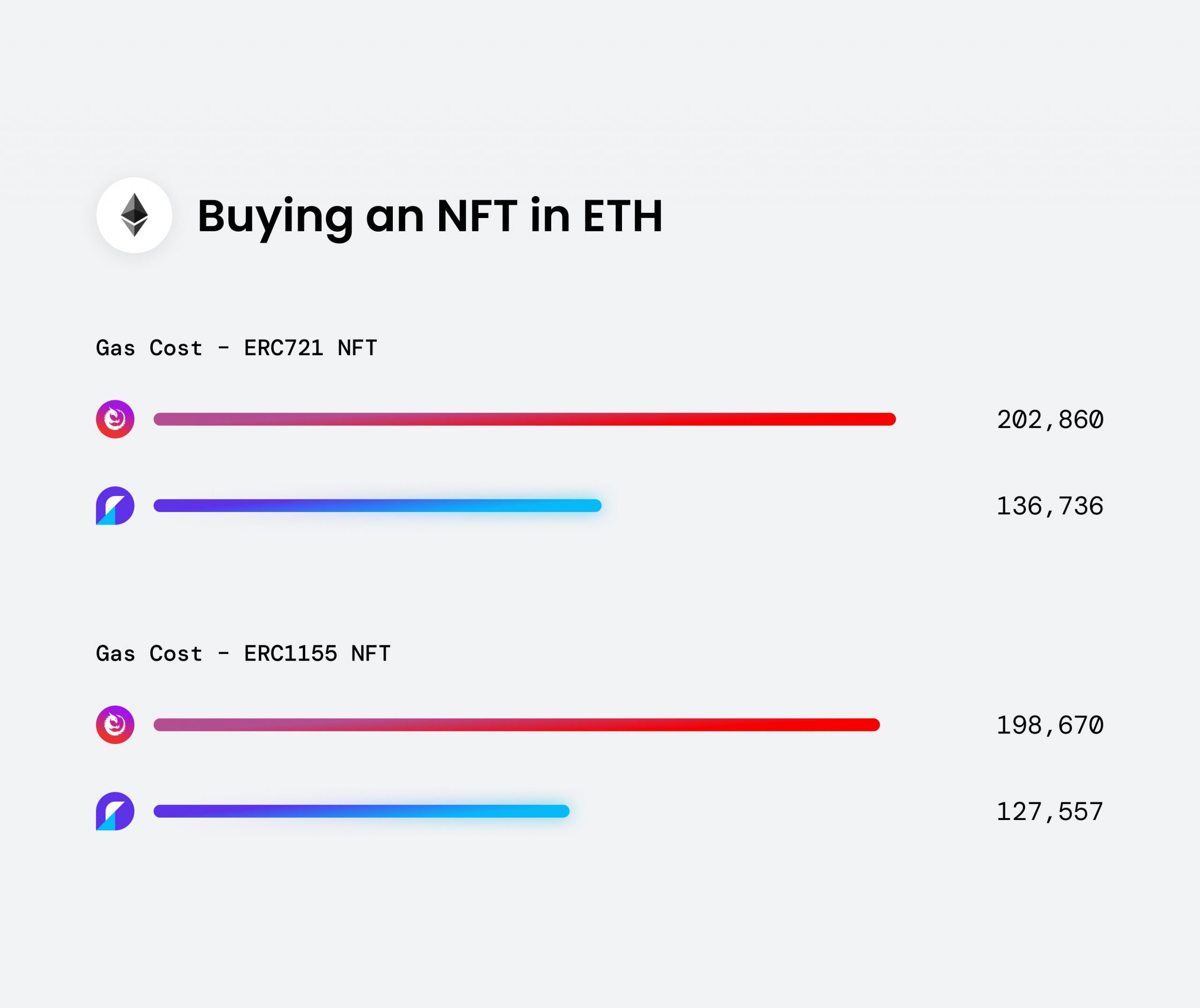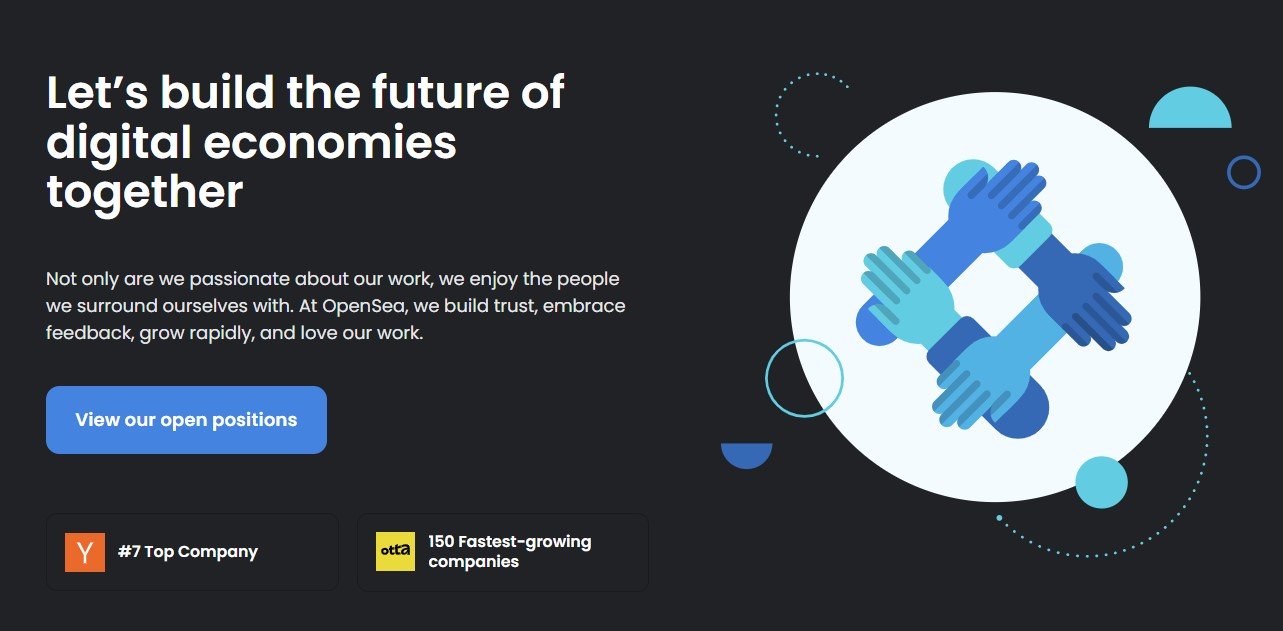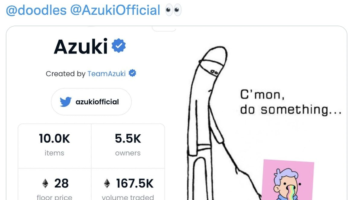Major news from the biggest NFT marketplace in Web3 as OpenSea announces that it is migrating to the Seaport Protocol. OpenSea first introduced its marketplace protocol to the world a few weeks ago. Now it appears that we will get to Seaport in action starting today! But what is the Seaport Protocol and what effect will this have on OpenSea users? Let’s take a look.

What is the new Seaport Protocol from OpenSea?
OpenSea first announced Seaport to the world back in May. To sum up, Seaport is OpenSea’s new web3 marketplace protocol. With that said, Seaport is open source, meaning that other marketplaces will be able to use the protocol if they so wish.
The goal of Seaport is to make it cheaper and easier to buy and sell NFTs. Besides being open source, OpenSea says that Seaport is “inherently decentralized’. This makes it more appealing to builders and individuals in the Web3 space.

Why is OpenSea migrating to Seaport?
Significantly, this move will see OpenSea leave behind the Wyvern Protocol. To clarify, this is the marketplace protocol that OpenSea used up until this point. Basically, the biggest improvement from the Seaport switch is in the user cost department.
OpenSea forecasts that users will save about 35% on gas fees on transactions using the Seaport Protocol. To illustrate, that would have amounted to $460 million (138K ETH) in total savings according to data from 2021.
The savings on gas come as the Seaport Protocol developers designed to be more gas efficient than other Web3 marketplaces. Indeed, data from OpenSea shows how sizeable these reductions in gas fees could be. Not just for buying NFTs in ETH, but also for accepting offers on NFTs in wETH.
It’s important to note that users will need to approve collections in order to access lower gas fees when selling or transferring NFTs. However, this is a one-time cost per collection. What’s more, this won’t affect any existing listings.
In addition, new users no longer need to pay a setup fee to use OpenSea. In fact, OpenSea users could save about $120 million/35K ETH a year thanks to the removal of the setup fee.

Collection Offers, Bulk Listings, and Real-time Creator Fees on the way
The gas fee savings aren’t the only improvement coming to OpenSea after its move to Seaport.
For one thing, users can now make whole Collection Offers on OpenSea. In other words, starting today, you can make an offer on all the NFTs in a collection. By the same token, users can also make offers on NFTs in a collection with specific traits. Although to begin with, Trait Offers will only be available for the top 100 NFT collections by 30-day volume on OpenSea.
In addition, OpenSea will now show the % rarity, the floor price, and the highest offer on NFTs. These stats will be filtered by attribute, giving potential buyers more information to make their offers. Finally, OpenSea adds that it is developing a way for creators to opt into collection offers with traits.
To be sure, this is an exciting development from the leading NFT marketplace. If the Seaport Protocol truly enables all of these features to work on OpenSea, it will be a big win for the platform and its users. Not to mention that OpenSea says that Seaport will make it possible to launch new features more quickly. This includes the ability to buy multiple NFTs in one transaction, real-time creator fees, and much more.
Are you tired of missing important NFT drops?
Check out our NFT Calendar!
Receive the biggest NFT news of the day & recommendations in our Daily newsletter.
All investment/financial opinions expressed by NFTevening.com are not recommendations.
This article is educational material.
As always, make your own research prior to making any kind of investment.






















Comments (No)